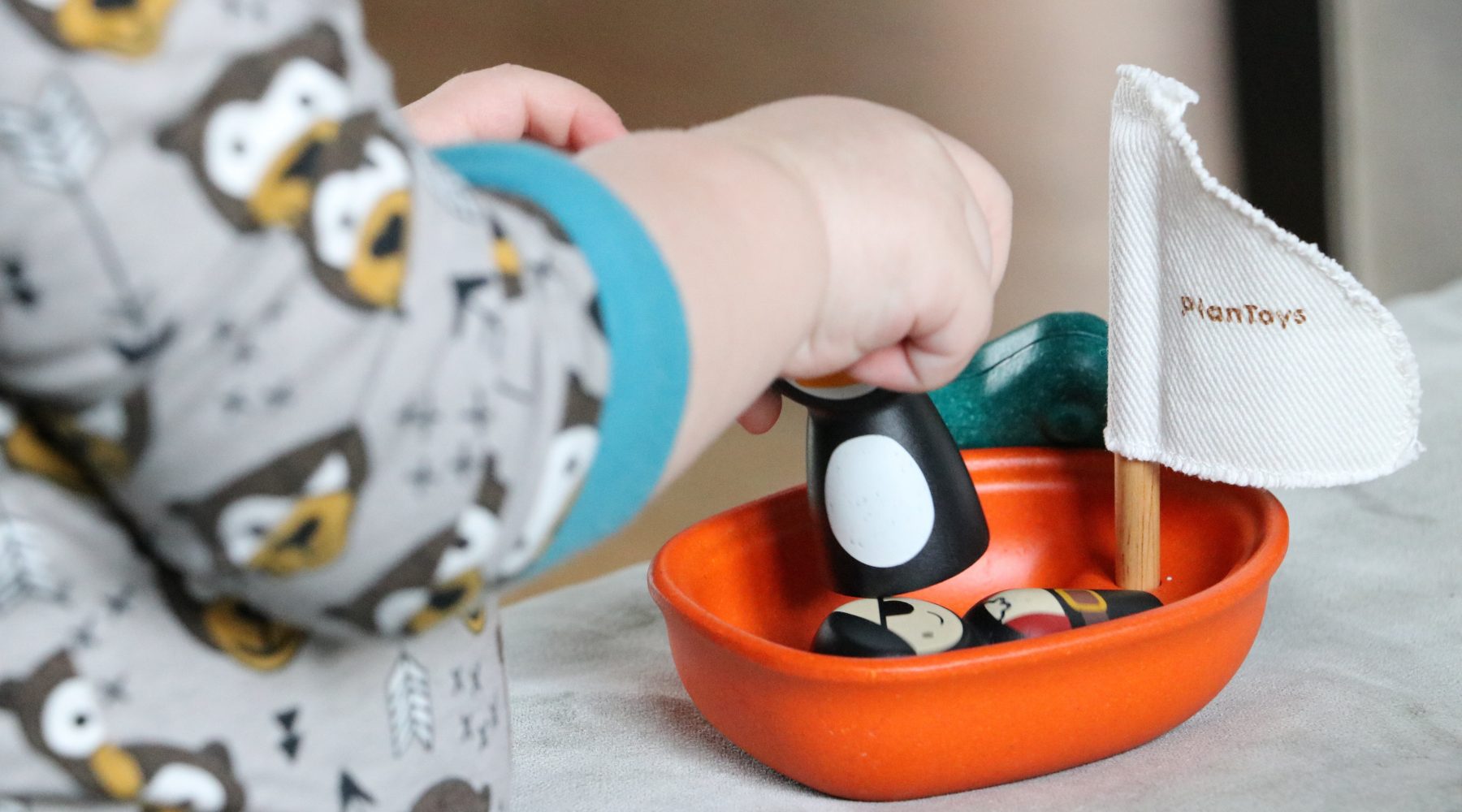Young children with autism can thrive in mainstream childcare

Much of the research about including children with autism in mainstream classrooms is focused on school-aged children. Growing numbers of children with autism are diagnosed in toddlerhood, so there is increasing relevance for the early-childhood sector. Our new research shows, with support, educators can effectively include and teach children on the spectrum in mainstream childcare, alongside their non-autistic peers.
Programs to support learning in key areas – language, cognition and independence skills – have been found to be effective for many children with autism. But we need options that are also affordable and accessible within children’s local communities. Many families ferry children around to appointments with different professionals, employ therapists to come into the home, or travel long distances to specialist centres.
Building capacity for evidence-based intervention to occur within children’s local childcare settings is a good option. This could be more affordable and accessible for families.
Best-practice guidelines for early childhood support
Young children with autism have difficulty learning communication and independence skills that come more easily to others. Early intervention can help by targeting their unique developmental needs.
A minimum of 15-25 hours per week of early intervention is recommended to support communication and independence skills in young autistic children. This is usually achieved through specialist centre- or home-based services. But this level of intensity is expensive, and unaffordable for many families.
Some children on the spectrum may attend mainstream childcare, which is more affordable. But if staff don’t know how to meet their particular learning needs, the child may simply be present but missing out on learning and interacting with other children.
The National Disability Insurance Agency (NDIA) advocates choice and control and that young children should be supported in their local communities. But currently, options may be either attending local care with peers or receiving intensive early intervention.
Our team wondered whether we could successfully integrate evidence-based intervention within mainstream care. In 2015, with NDIA and Department of Social Services (DSS) support, we began a study to test this idea.
Quality early intervention in mainstream settings
Our study engaged 44 young children, each for one year. Half were placed in specialised care and half in mainstream care.
Specialised playrooms included only autistic children, at the Victorian Autism Specific Early Learning and Care Center (ASELCC). Mainstream playrooms – at the La Trobe University Community Children’s Centre and Gowrie Victoria – included mostly children without autism.
Children received the Group-Early Start Denver Model (G-ESDM). This is an intervention developed and evaluated by the Victorian ASELCC team. Each child’s personalised learning goals are targeted within natural routines and activities across the childcare day. For example, at snack time staff may help a child develop interest in what peers are doing, practice communication skills such as requesting food, and practice independence skills such as using a spoon and waiting their turn.
We found this specialised intervention could be delivered in mainstream childcare. Educators learned the G-ESDM strategies and used these in everyday playroom activities. On average, the children’s social interaction, imitation, language and independence skills improved across the year. Encouragingly, gains were similar in both settings.
Other researchers – separate from our team, and unaware of what our study was about – rated the educational environment. They reported high quality teaching and learning practices across all playrooms. This suggests our program had no negative impact on the mainstream environments.
Rigorous research in the real world
Other studies on this topic have recruited children who are already enrolled in a particular setting and/or compared mainstream and specialised settings offering different intervention programs. So, we can’t be sure whether the results are about the type of intervention program, the specific setting, or some other factor.
We wanted a rigorous test of the setting, so we used the gold-standard randomised trial approach. For families keen to be involved, we more-or-less used a coin-toss to decide which children would be in the mainstream or specialised settings.
Implementing evidence-based practice into real-world settings is challenging. This research occurred through genuine collaboration with early childhood educators, G-ESDM specialists, centre managers and researchers as equal partners.
Continuous improvement
This is a first step toward showing that quality early-intervention can occur within mainstream settings – without compromising child outcomes or the learning environment for peers.
The ultimate goal is for autistic children to access quality supports in their local communities including within mainstream settings, if that’s the best choice. But, just as no two children on the spectrum are alike, what works best for one will not be the solution for another.
Across both settings, we saw stronger gains for some children than others. Research with a larger sample would inform which individual children might be best supported within mainstream or specialised settings.
Delivering G-ESDM in mainstream settings also requires substantial resources such as time for initial training and ongoing support for staff. From 2019, we will begin to investigate whether a more streamlined approach might be more affordable but similarly beneficial for children and families.
The authors would like to acknowledge the two childcare centres, La Trobe University Community Children’s Centre and Gowrie Victoria, involved in the study this article is based on.![]()
Kristelle Hudry, Senior Research Fellow, and Senior Lecturer in Developmental Psychology, La Trobe University and Cathy Bent, Research Fellow, La Trobe University
This article is republished from The Conversation under a Creative Commons license. Read the original article.
Popular

Policy
Quality
Practice
Provider
Research
Workforce
ECEC services to close early for mandatory child safety training under national reforms
2025-12-01 07:10:09
by Fiona Alston

Quality
Policy
Practice
Provider
Workforce
Growth restrictions and enhanced oversight imposed on Affinity Education Group in NSW
2025-12-01 07:30:29
by Fiona Alston

Workforce
Events News
Policy
Practice
Provider
Quality
Gold Walkley Award win for childcare investigation places national spotlight on safety and accountability in ECEC
2025-12-02 07:30:34
by Fiona Alston
















